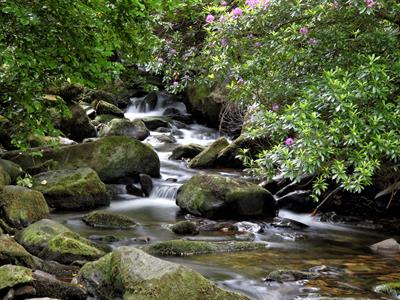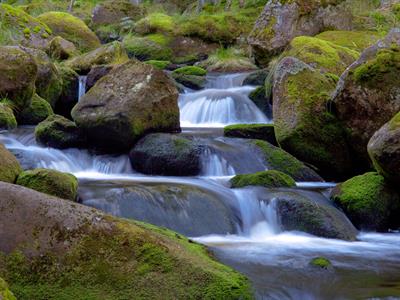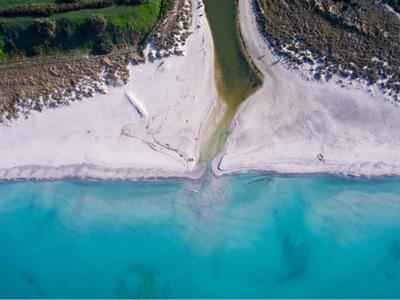
PUMPA - SMART LEARNING
எங்கள் ஆசிரியர்களுடன் 1-ஆன்-1 ஆலோசனை நேரத்தைப் பெறுங்கள். டாப்பர் ஆவதற்கு நாங்கள் பயிற்சி அளிப்போம்
Book Free DemoThe poet explores a complex theme with the help of a very simply written poem. The poem describes the different stages of a river. Although it may seem that rivers are simple water bodies that ultimately ends in an ocean, its journey can be compared to many real-life incidents and experiences. The first stanza starts with a repetition of the word river, which is also the central point of the poem. The poem seems to straightaway address the river. The poet calls it a little river as it is the beginning of the poem, and it follows the same pattern with the concept of the river as well. The river's initial stage is the upper course when the river starts from its origin. So she calls it 'The Little River'.
The river does not stay stagnated in one place. It runs its course across cities and finally reaches the destination, which is the ocean. As it starts out as young and enthusiastic, with so much positive vibe, it is addressed in the beginning. When there is a purpose and the destination is known, there is a chance that we might experience it as there is something to look forward to. The poet emphasises on this fact by stating that the river is sparkling with joy, as it is on its way to attain its purpose. The sparkle can also mean the movement created by the river that makes it look bright and clear. The river flows through yellow pebbles as if it is dancing its way through. The flow and momentum of the river is similar to a person dancing to a chirpy tune. The river also flows through the flowers, leaves and plants growing on its banks and on its paths. This helps the plants grow as they are watered every day. The river is compared to a child who is playing as it flows in a very happy and fast way, with nothing to stop it. It is a stage without any worries or thoughts where one can be carefree.

River flowing through rocks and foliage
The river ages metaphorically as the stanza progresses. The river, which was like a carefree child, now swells up and becomes a youth. This is when the river reaches its middle course as it slightly starts branching out. There appears a lot of curves due to erosion. In the middle course, features like waterfalls, valleys, potholes etc., become features and therefore, the poet says that it has to experience the soft and rough patches of the soil. Unlike the initial stages, which are quieter yet fast, the youth stage is loud and brawling as it can be a reference to the sound the river makes when it makes a transition in a waterfall or valley, from an elevated state to a flat surface. It hits both the rocks and the rose beds, meaning it experiences both good and bad on the way to the destination. This phase is very similar to the youth phase, where one acts irrationally without thought or care, but just for the sake of experience.

River gushing into waterfall and rocks
The poet describes various stages of the river, comparing it with the life of a human. She explores the childhood and youth phase in the first two stanzas and later goes on to talk about the later stages of the river when the water gushes on the surface level. In the initial stages, the river does not have much depth. As one delves deeper, the depth increases as the river is brimming with water. The flow towards the end at stages where the river is about to unite with the ocean is actually still. The poet says that the river is still as time. Time may be still, but at the same time, one cannot regain a lost second. Similarly, the river is in motion as it is moving towards its destination, the ocean, but at the same time, it is still. It is also broad and deep, just like the middle ages of an individual when they go through several realities of life. The poet also compares the ocean's slow movement towards the ocean to the prime of a human, who is getting one step closer to the end of his life with each passing day.

River uniting with ocean
The poem's last stanza deals with a philosophical touch, as it also talks about the final days of an individual in the world. But she does not talk of death as the final destination, rather she says that there is life after death. Death does not mean the end, but it is an eternity afterlife. She touches on the concept of the afterlife and immortality with reference to the ocean. The sea has never set sail to any place, meaning that it is one way and nobody can return from the afterlife. No ship has ever gone around the sea and set sail, to be compared to eternity. Human life is as transient as the river. Once the purpose is completed and the destination is reached, it has to leave the world and become one with the Universe. She also addresses it as headlong, as the river's head unites with the sea, and then the entire water body gushes into it. It joins the ocean with all its quietness, too quickly without any thought.